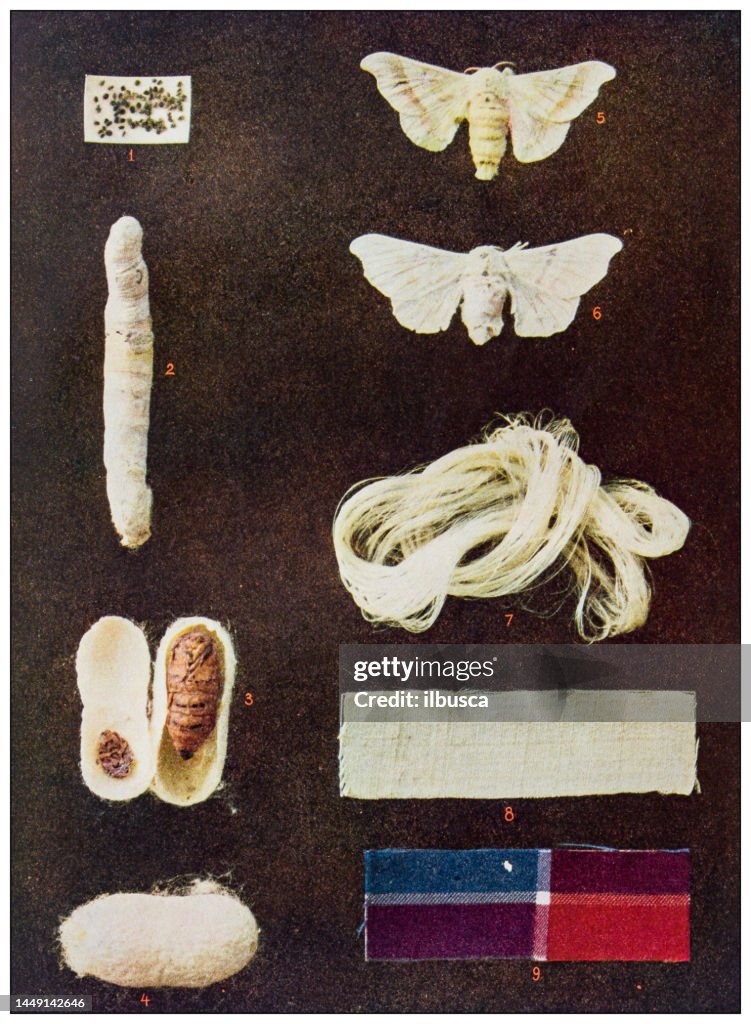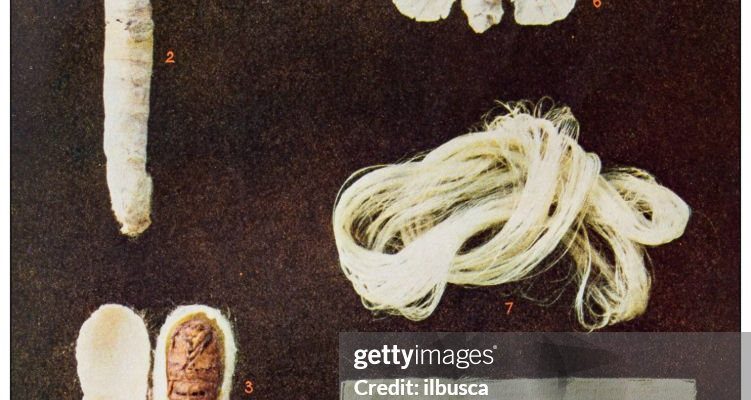
If you’re new to raising silkworms, you’re in for a treat. Monitoring these molting stages is not just a science; it’s a journey filled with wonder. Understanding how and when silkworms molt can help you provide better care for them. There are a range of tools and resources available, from simple observation to advanced techniques. In this article, we’ll dive deep into the world of silkworm molting stages—what to look for, how to spot them, and why this matters for your little squirmy friends.
What Is Molting in Silkworms?
Molting, or ecdysis, is the process through which silkworms shed their old exoskeletons to allow for growth. You might be wondering why this is necessary. As silkworms grow, their skins become too tight—kind of like wearing a pair of shoes that are a size too small. To accommodate their increasing size, they must shed this outer layer.
During this process, silkworms go through several stages called instars. A typical silkworm will experience five instars before reaching maturity. Each time they molt, you’ll notice differences in their size and appearance, which is a rewarding observation for any enthusiast.
Understanding the timing and signs of molting can help you ensure the best possible conditions for your silkworms. After all, a successful molt means healthy growth, which translates to thriving silkworms ready to produce silk.
Stages of the Molting Process
Silkworm molting occurs in five main stages—each with its own characteristics and signs. Let’s break this down:
- 1. First Instar: This is right after they hatch from eggs. They’re tiny, almost like little specks, and this stage lasts about a day.
- 2. Second Instar: Over the next few days, they’ll shed their skins for the first time, growing bigger and more visible.
- 3. Third Instar: After their second molt, these silkworms will start to eat more voraciously. You’ll know it’s time for their next molt when they become sluggish.
- 4. Fourth Instar: This is a critical period. After another molt, they’ll reach a size where you can clearly see their distinct features, and feeding becomes even more important.
- 5. Fifth Instar: The final stage before they pupate is where they grow the largest. Molting here is crucial, as they prepare for cocooning.
Each instar transition has its own unique signs that you’ll want to familiarize yourself with, especially if you’re raising silkworms for silk production.
Signs that Silkworms Are Ready to Molt
Recognizing the signs that your silkworms are about to molt is a vital skill for any silkworm caretaker. Here are some indicators to look for:
- Decreased Activity: Silkworms become less active as they prepare to molt. They might seem to slow down and spend more time in one spot.
- Softening Skin: Before they shed, their skin may look slightly translucent or shiny, signaling that a new skin is developing underneath.
- Feeding Changes: They may eat less just before molting, as their body focuses on the upcoming transformation.
- Sudden Movement: Once they’re about to shed, some silkworms will wiggle and twitch as a way to break free of their old skins.
When you see these signs, make sure their environment is optimal. A comfortable space can ease the process for your silkworms, helping them successfully transition to their next stage.
Creating the Ideal Environment for Molting
Providing a good environment is essential during the molting stages. Here’s how to set the stage for success:
1. **Temperature and Humidity:** Silkworms thrive in a warm, humid environment. Aim for temperatures between 75°F to 85°F (24°C to 29°C). Humidity should be around 60% to 70%. Using a hygrometer can help you monitor this.
2. **Cleanliness:** Ensure their habitat is clean and free of mold or bacteria. Old food or waste can cause stress, which is not ideal during the vulnerable molting phase.
3. **Proper Feeding:** Give your silkworms high-quality mulberry leaves. Fresh leaves are the best, as they provide essential nutrients for growth. Remember, they need more food as they grow!
4. **Space:** As silkworms grow, they need room to move. Crowded conditions can lead to stress, so ensure they have enough space to wriggle around comfortably.
By managing these factors, you’re setting your silkworms up for success. Happy silkworms make for healthy, beautiful moths!
Common Problems During Molting and How to Address Them
Even with the best care, problems can arise during the molting stages. Here are a few challenges you might encounter, along with solutions:
- Incomplete Molts: Sometimes a silkworm may get stuck in its old skin. If you notice this, gently assist it by moistening the area with a damp cloth to help it shed.
- Stress from Overcrowding: If your silkworms seem agitated or are fighting, it may be time to separate them into larger containers.
- Health Issues: If a silkworm isn’t eating or is lethargic, check for signs of disease like discoloration or swelling. Isolate the sick one to prevent spreading.
Addressing these issues promptly can save your silkworms from unnecessary stress and ensure they stay on track for their metamorphosis.
What to Do After Molting
Once your silkworms have successfully molted, there are a few key actions to take:
– **Resume Feeding:** After they shed their skin, they will be ravenous. Offer fresh mulberry leaves to help replenish their energy quickly.
– **Monitor Growth:** Pay attention to their growth and appearance. Each subsequent instar should show visible size increases.
– **Maintain Environment:** Continue to provide the same optimal conditions during their growth phases to ensure healthy development.
By keeping an eye on them and maintaining their environment, you’ll be one step closer to raising healthy silkworms ready to spin silk.
Why Monitoring Silkworm Molting Stages Is Important
Understanding and monitoring the molting stages of silkworms isn’t just an interesting hobby; it’s essential for successful silkworm rearing. The effects of successful molting can lead to:
– **Higher Silk Yield:** Healthy silkworms that undergo successful molts will likely produce more silk.
– **Stronger Adults:** Moths that develop from well-cared-for larvae will be more robust and capable of breeding.
– **Greater Satisfaction:** There’s something incredibly satisfying about watching these creatures thrive under your care—especially when you see them transform from little caterpillars into beautiful moths.
In essence, monitoring silkworm molting stages is key to enjoying the entire silkworm rearing process. It’s a blend of science, observation, and nurture, ultimately rewarding in both the journey and the outcome.
In conclusion, keeping a close eye on your silkworms as they go through their molting stages can lead to a thriving silk production experience. With a bit of patience, care, and attention to detail, you’ll not only witness incredible transformations but also deepen your appreciation for these remarkable insects. So grab a seat and get ready to marvel at the magic of molting!

